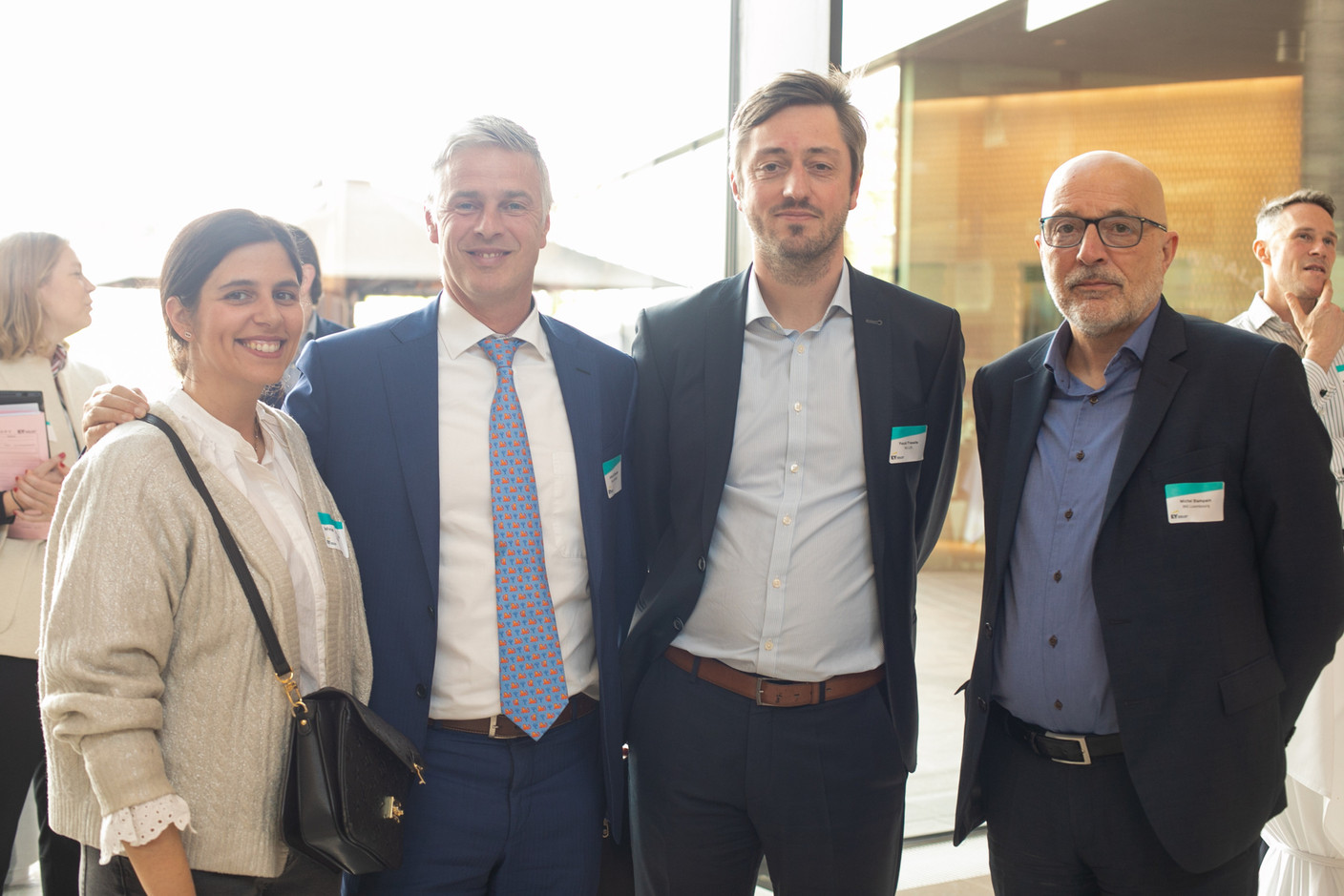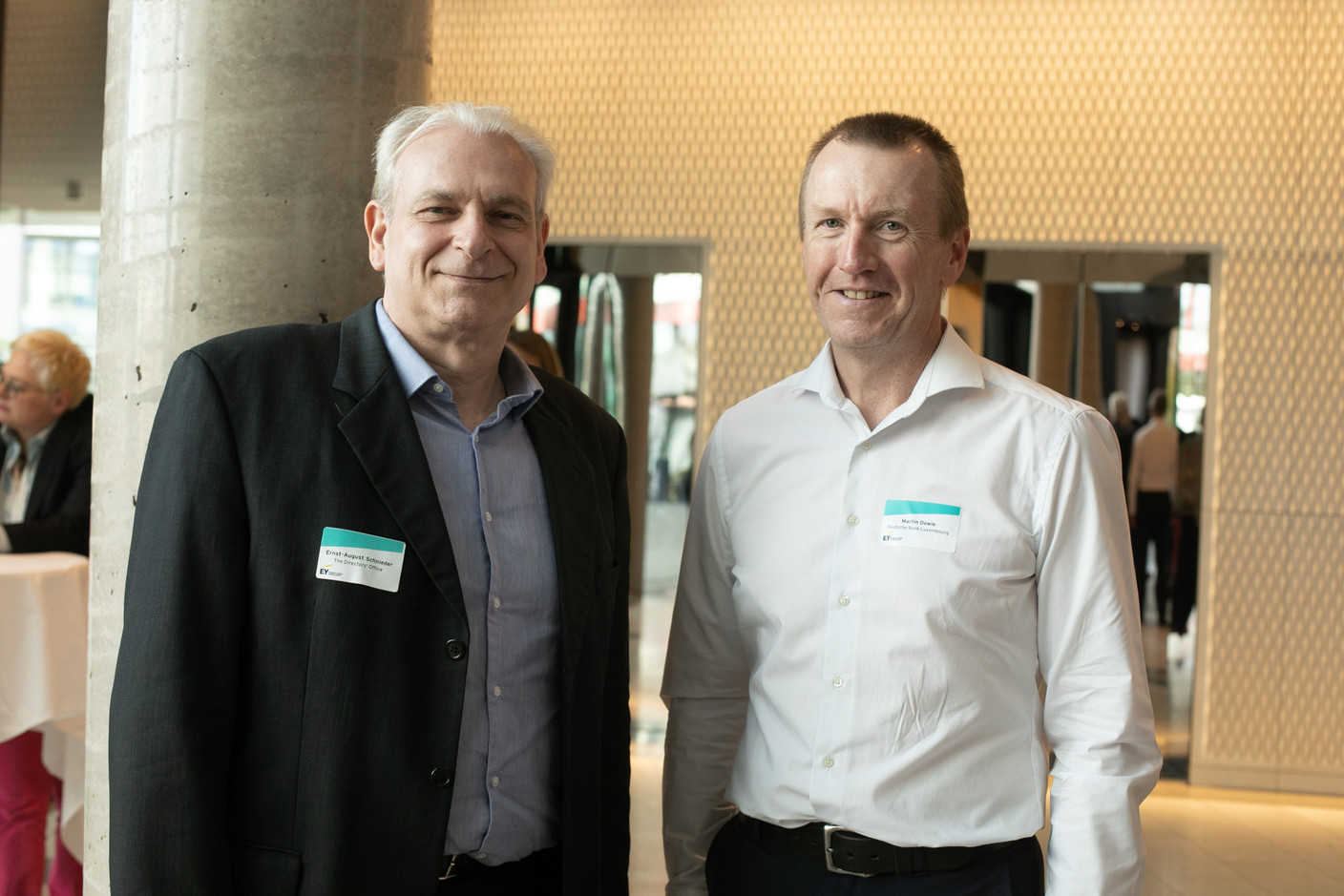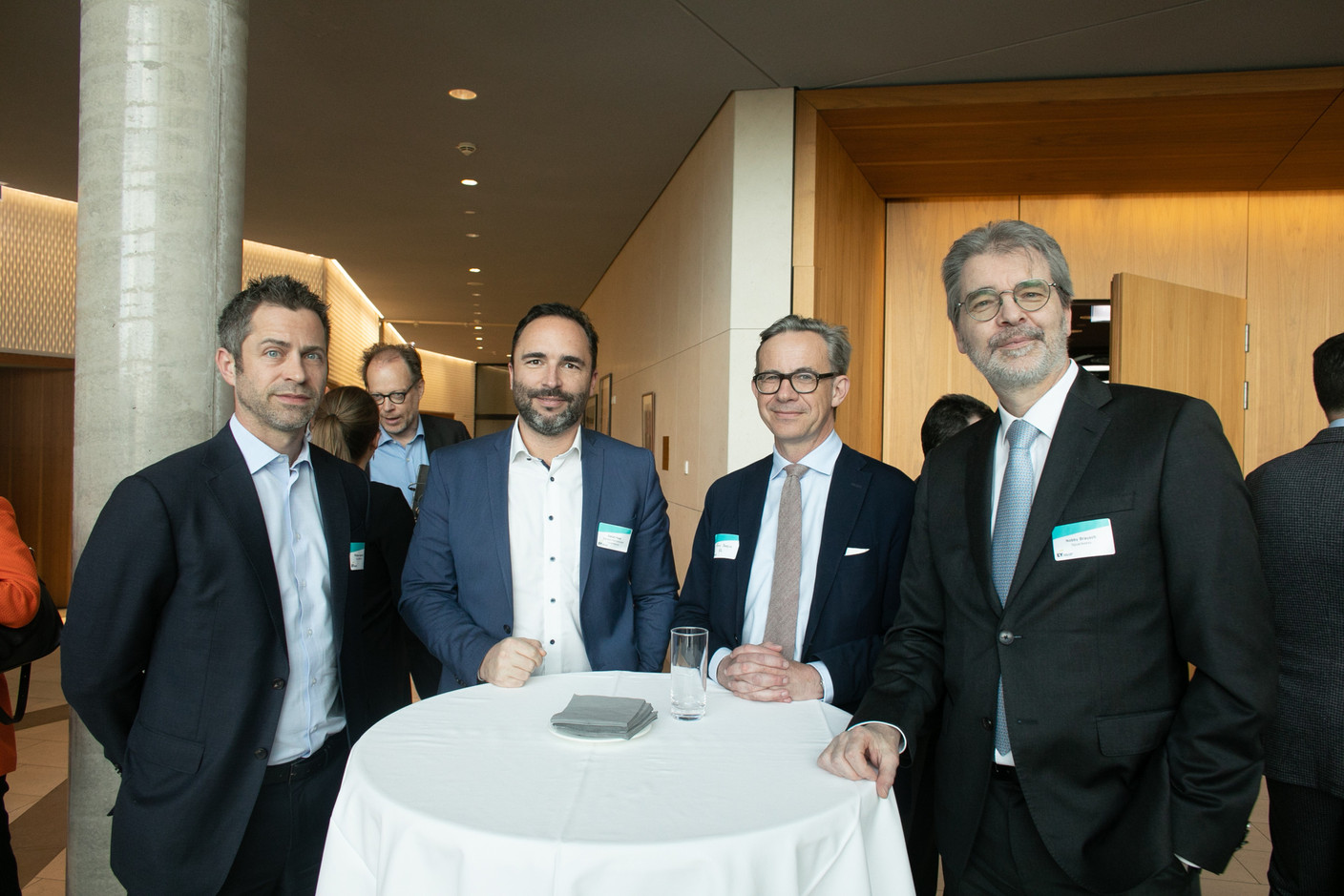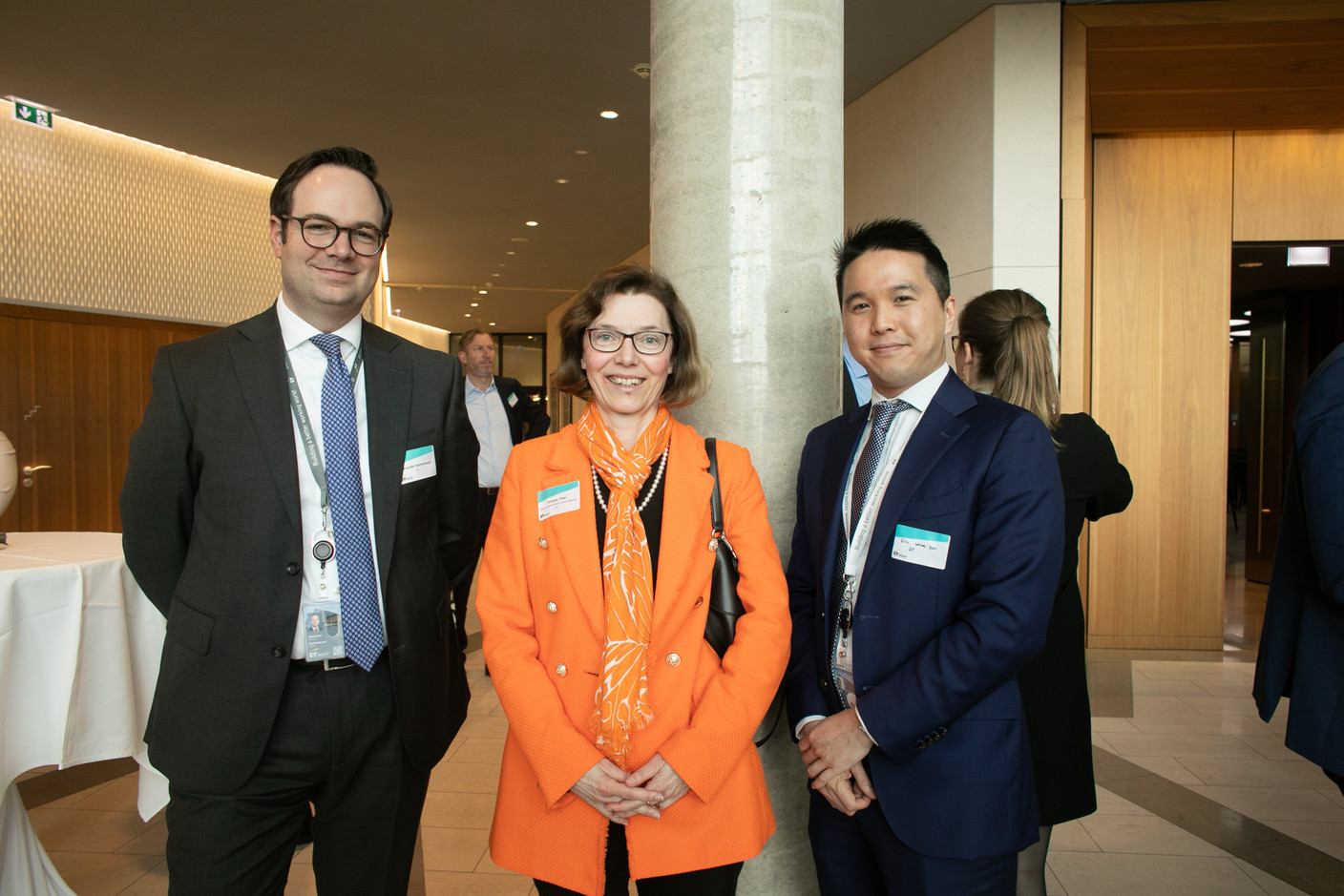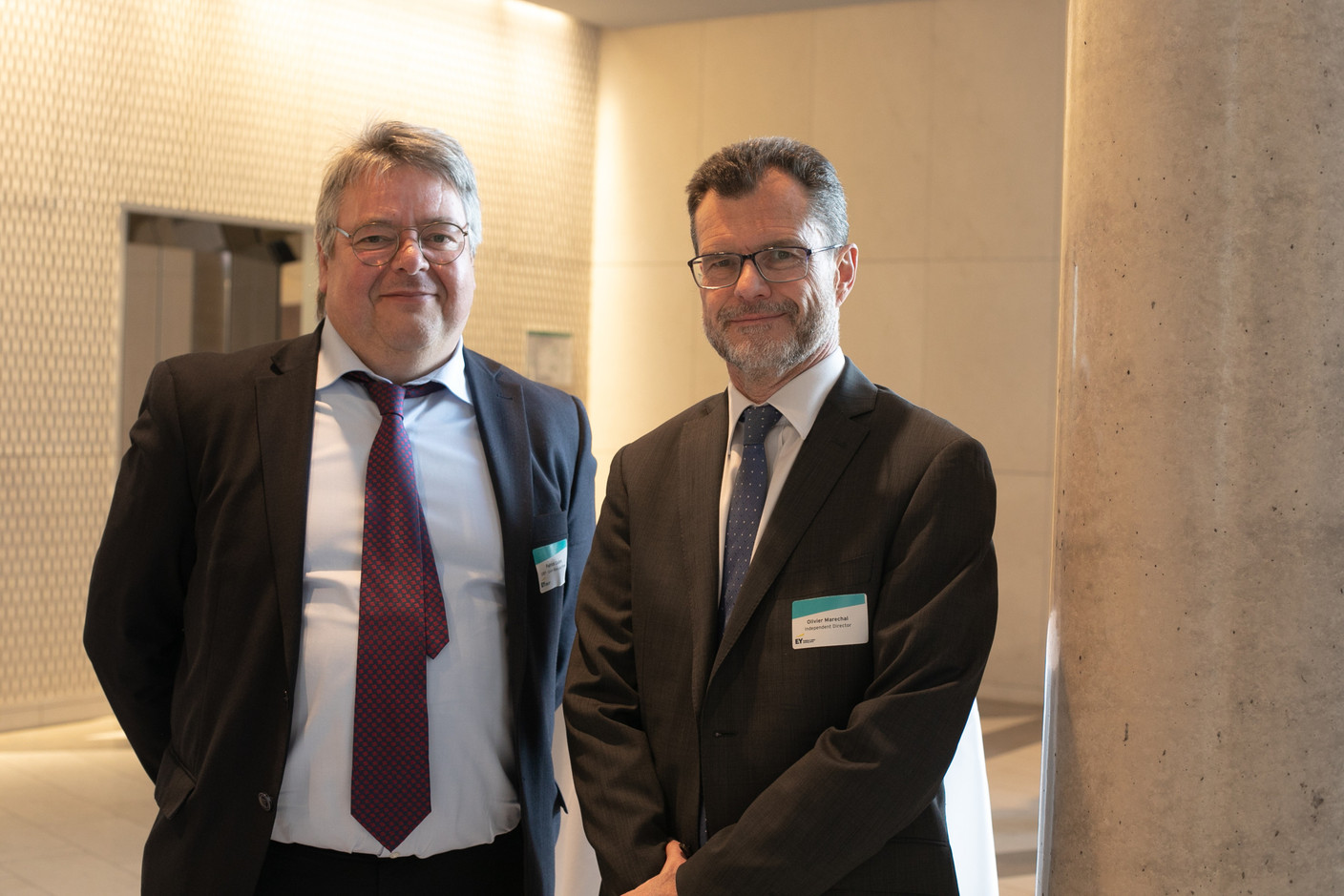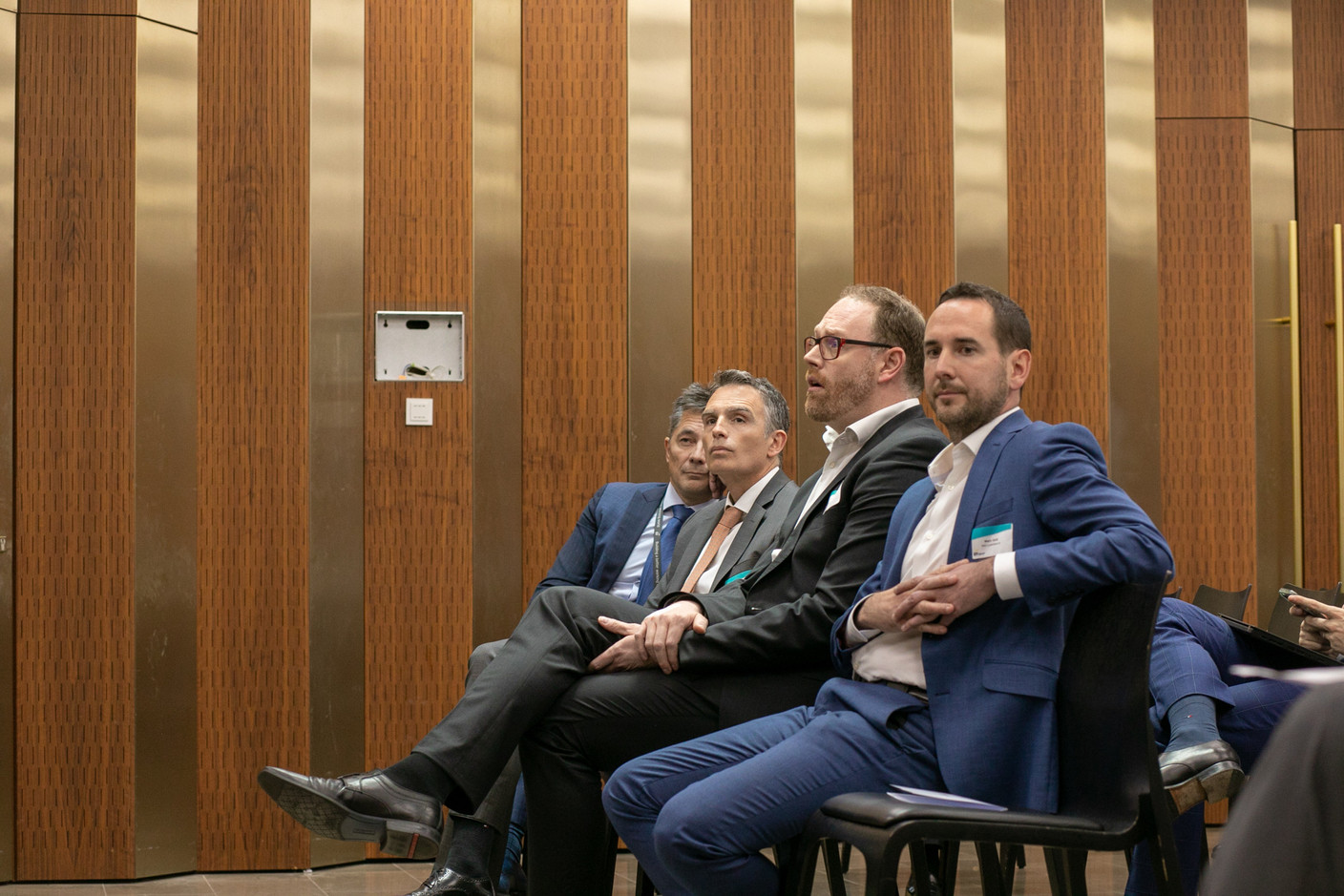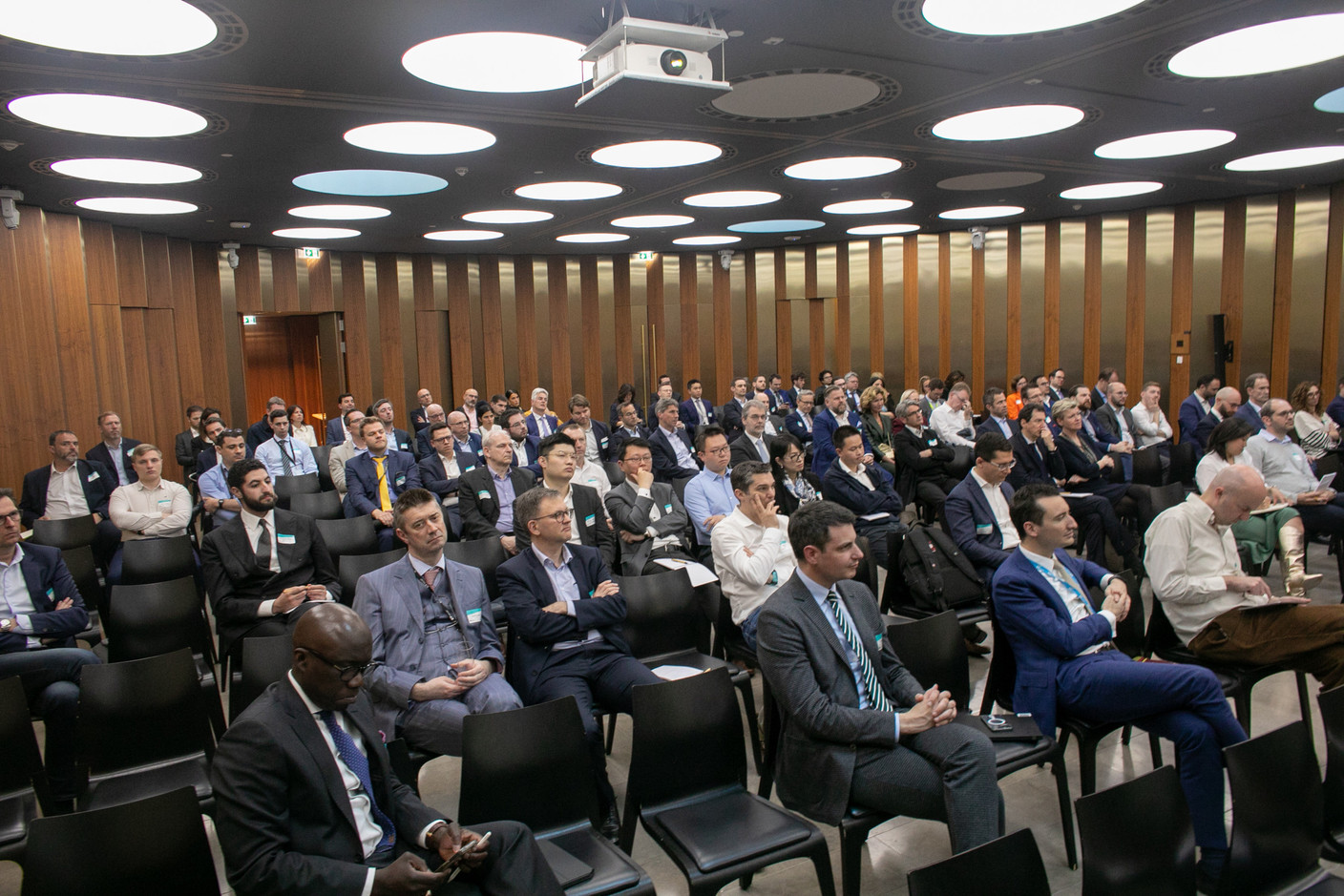The roundtable was moderated by , partner, banking and capital market leader, EY Luxembourg, with Marc Geib, head of business banking at ING Luxembourg, Jeffrey Dentzer, chief of Luxembourg market and corporate and institutional banking at Banque Internationale à Luxembourg and , CEO of the Luxembourg Bankers’ Association (ABBL) participating in the panel.
Starting the discussion on topics , Grbic reiterated his confidence about the stability of the banking sector supported by an “average capital ratio of almost 24%” and “a huge increase of interest revenues” as a consequence of the European Central Bank raising interest rates a process that started in the second half of 2022.
“Around two-thirds of mortgage loan origination” was offered with fixed rate terms in the last 5 years, “compared to 90% and 96% in Belgium and France,” respectively, a position in which Luxembourg compares less favourably than its neighbours.
Grbic observed that more clients opted for variable rates on the back of “a very steep interest rate curve after covid.” He takes comfort from the fact that Luxembourg is a high-income country ensuring a strong capacity to meet higher mortgage payments.
Ongoing pressure on real estate developers
“Expectations that prices would grow as the trees to the sky has come to a dire stop,” said Dentzer, commenting on the difficulties of some land buyers who acquired their properties at “very high prices.”
Developers are asking: When are we going to come back into negative interest rates?
Geib said that the most “vulnerable projects and clients at risk are related to the investment that took place in last 12-18 months.” He added that “speculating on further price increases” was the only way for these projects to ensure profitability. “So that was quite dangerous.”
Developers had previously enjoyed a period in which they were not penalised even if they miscalculated the cost of some projects. “This has changed,” said Dentzer. Construction and interest expenses have increased “at [such a] quick pace that many people were caught off guard.” In addition, the developers “are very much invested” suggesting that cash flexibility is low for some developers, a situation that “causes stresses.”
The rise of interest rates, construction cost and the decline in prices have left a “psychological impact” on developers, said Geib, as they are “looking for the end of the tunnel, when we will see a [cost] stabilisation.” Some developers approached the Bil, said Dentzer, asking: “when are we going to come back into negative interest rates?”
Dentzer noted that some of the “buy-to-let investors have disappeared,” largely as a result of a new circular issued by the domestic regulator, a development that has amplified the challenges experienced by the real estate developers which are constrained to offer “aggressive rebates,” whereas new projects are stalled.
Maintenance of a dialogue with the developers is key
The regulation on provisions now requires banks to apply some “automatisms” whereby the banks must comply with a well-defined provision process. “All of this comes at a cost to the bank which will at some point be forced to [pass on] the cost to the client,” said Dentzer.
Through its “reach out programme,” the Bil “proactively” contacts the biggest real estate developers “to anticipate potential problems that could come up before the maturity of the loan to find a solution,” said Dentzer. “Once it is too late, unfortunately, it is too late.” Dentzer explained that the banks currently reassess “most projects and their valuation,” that will result in challenging discussions.
Yet, Dentzer noted that “origination [of loans] is starting again.” However, “if the market stabilises and if we don’t keep up the effort [on more] housing,” then we will experience “a new boom in prices because, again, you will have too many people wanting to buy a house without sufficient offers,” said Dentzer.
Structurally blessed
“An advantage of the Luxembourg economy,” said Geib, is that it is enjoying “demographic growth.” He sees the recent developments as a “correction” on the back of higher interest rates, but he thinks that “there is no structural risk of disrupting the market of prices going down.” For the market to recover, though, “we will need to the return of not only the first time or second time buyers but also the buy-to-let investors.”
Overall, the policymakers as well as the banks understand that getting too restrictive with the developers could bite back the banks and the economy with “second round effects,” said Grbic, as there are several small service companies--such as plumbers and electricians--linked to the real estate sector. They rely on the industry, but they are also clients of the banks, a context that will most likely motivate all parties to meet halfway for mutually beneficial solutions.
The conference was held at EY’s headquarters in Kirchberg on 2 May.

